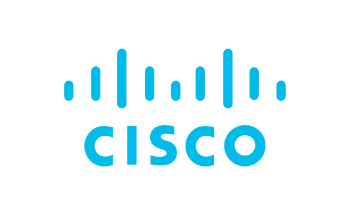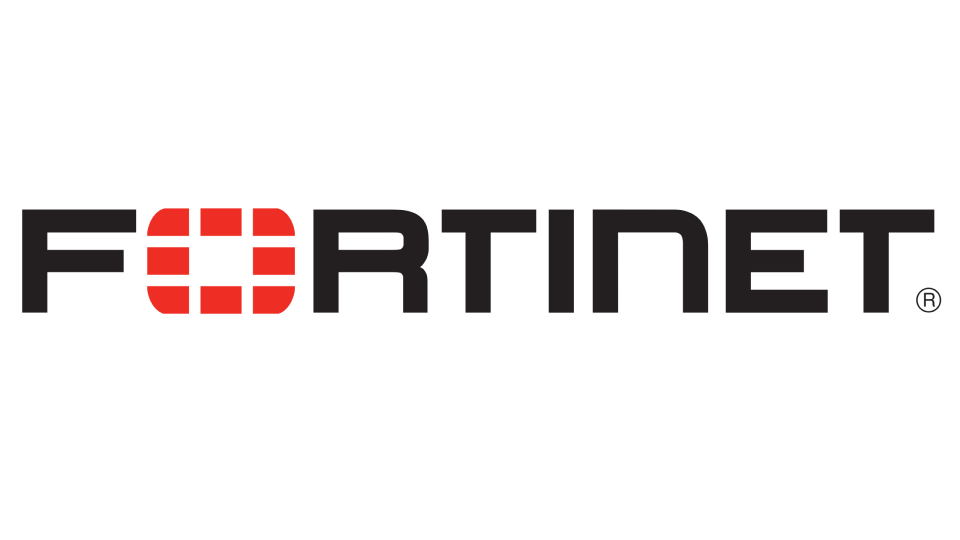Intrusion Prevention Systems: Everything You Need To Know (FAQs)
What Is An Intrusion Prevention System Solution (IPS)?
Intrusion Prevention Systems (IPS) are network security tools that constantly monitor and scan a network for any instances of malicious activity. When anything anomalous or malicious is found, the IPS solution will seek to resolve and remediate. It will then report, block, or drop actions in order to prevent malicious activity from taking place. IPS solutions seek to go one step further than their predecessors, Intrusion Detection Systems (IDS), which detect malicious activity and flag it with admins. IPS solution expand upon these capabilities by also taking direct action to combat the malicious activity that is detected.
These can be standalone products, but are also frequently an integrated feature of a next-generation firewall or unified threat management solution. These solutions help to defend against a wide variety of cyber threats, including Distributed Denial of Service (DDoS) attacks, malware, SQL injection, and many other forms of malicious activity. An intrusion prevention system solution is deployed at the network gateway or endpoints, and serves as a protective mechanism to enhance the overall cybersecurity posture.
How Do Intrusion Prevention Systems Work?
IPS solutions will be placed inline of network traffic, often sitting behind a firewall, to monitor traffic as it comes to and from its destination. Once the IPS has found anything it deems malicious, it can alert admins, drop packets, block traffic from the source address, or even reset the connection.
Various IPS solutions have different methods:
- Policy-based. This variation will utilize security policies that have been pre-set to block any activity that violates these policies.
- Signature-based. This IPS type will seek to match the signatures of traffic with any well-known threats (although it would be unable to detect unknown threats).
- Anomaly-based. Anomaly-focused IPS solutions will scan for abnormal behavior and compare it with baseline network activity. This method can have issues with producing false positives, although more solutions are adopting machine learning and artificial intelligence to overcome this.
What Are The Key Features Of An Intrusion Prevention System Solution?
An effective IPS solution should provide users with a wide range of capabilities that are geared towards preventing advanced attacks and ensuring performance remains optimized. Some core features to look out for include:
- Detection capabilities. This is fundamental to the IPS’s goal of blocking unauthorized access, preventing cyber threats, and overall improving network security. A combination of signature-based and behavior-based detection methods provide a comprehensive approach to identifying and responding to potential malicious activity.
- Real-time monitoring. For network defenses to be proactive, real-time monitoring is essential. This capability allows for the swift and efficient response to threats and security incidents by offering immediate insights into the network’s security status.
- Automatic blocking of malicious traffic. Automatically blocking malicious traffic enables organizations to respond to security threats quickly, thereby significantly reducing the risk of an attack being successful. This capability is crucial for mounting a proactive and effective defense strategy.
- Perform thorough analysis to understand network data. Using thorough analysis of network data – which may involve inspecting network traffic, packets, and communication patterns – an IPS solution can provide insights that allow users to successfully tackle threats and maintain security.
Investing in an intrusion prevention system solution with these key capabilities will go a long way in providing comprehensive protection against evolving threats and ensuring your organization’s valuable data remains secured.
What Are The Benefits Of Intrusion Prevention Systems?
IPS solutions can offer additional security by working closely with other security tools (such as a firewall) to detect, identify, and flag threats that those tools can’t. It works by filtering out malicious or unwanted traffic before it reaches the destination device, meaning there is an overall reduced workload for devices and controls. This results in these tools operating more efficiently.
IPS solutions are often highly customizable, meaning that admins can tailor solutions for their unique business needs. With its ability to handle certain events and malicious activity by itself, IPS solutions can reduce workloads for IT teams. It is also a handy tool when it comes to auditing, with certain regulatory bodies requesting an IPS solution be put in place and due to the solution’s ability to produce auditing data.
What Types Of Intrusion Prevention Systems Are There?
There are a number of intrusion prevention solutions that can be deployed. Companies either choose one that will fit their needs or, if a more robust approach is required, use a blend of multiple. The different types of these systems all function slightly differently.
Host intrusion prevention system (HIPS): This system is installed as software directly onto an endpoint and can only analyze traffic and operate on that endpoint. It’s more frequently seen in conjunction with network intrusion prevention systems as HIPS can provide security against anything that may have evaded the network intrusion solution.
Network intrusion prevention system (NIPS): NIPS has a more overarching view and reach of network activity. It is placed at strategic points throughout the network and oversees all traffic that occurs within it.
Wireless intrusion prevention system (WIPS): Perhaps one of the more straightforward options listed here, a WIPS solution scans the Wi-Fi network for anything that has gained unauthorized access to the network before removing and blocking it.
Network behavior analysis (NBA): This system runs a deep analysis on incoming network traffic to find any anomalies within it, such as potential DDoS attacks which flood network traffic with requests to override the network and stop it from functioning temporarily.
Intrusion prevention systems are usually made up of either one or more techniques, each operating in a slightly different way, in order to catch as many anomalies in traffic as possible. The more common ones are:
- Anomaly-based technique: This facet relies on detecting any abnormal traffic entering the network by measuring network activity against certain protocols and standards. It’s one of the stronger methods, but it can be too effective on occasion, resulting in false positives. This part of an IPS solution is frequently being constructed with the use of AI and machine learning technology.
- Signature-based technique: Signature-based relies on matching incoming signatures with the signatures of known threats. It looks for anomalies in byte sequences and confirmed malicious sequences. When new harmful signatures are discovered, they can be added to a database that the system can refer to. However, because it can only pick up on known signatures, it cannot detect new threats, so it is often used in conjunction with anomaly-based detection.
- Policy-based technique: Policy-based techniques are seen implemented much less than the previous two, but it can be a strong option for enterprises to deploy. This type of system will block anything based on policies that have been pre-set and configured by the company administrators.
Intrusion Prevention Vs Intrusion Detection
Before intrusion prevention, there was intrusion detection. The monitoring of traffic was the same, but the intrusion detection system was much more passive in nature. As the name might imply, it could only analyze the flow of traffic and create reports to send to administrators, rather than offering any sort of preventative measure. Intrusion prevention is a newer invention that consolidates detection and prevention methods for a more robust, effective solution that has become the preferred option when it comes to creating a cybersecurity strategy.
Why Do You Need Intrusion Prevention?
Intrusion prevention systems are a critical component of a wider cybersecurity strategy and they’re particularly adept at preventing common yet serious cyberattacks. When configured correctly and as part of an enhanced security solution, intrusion prevention systems can prevent DDoS and DoS attacks, viruses, vulnerability exploits, and more. It’s especially important with cyberattacks ever on the increase. With DDoS attacks in particular, Cloudflare noted a staggering 95% increase in DDoS attacks at layer 3 in company networks in Q4 in 2021.
Part of intrusion prevention’s appeal also lies in the fact that all its processes are immediate and automated. It takes a considerable workload off over-stretched IT teams and saves time and money.
The solution comes with other benefits. Intrusion prevention systems include increased efficiency for other security measures; it reduces the load on other network security tools and the system itself doesn’t reduce network or app performance. It’s highly customizable and falls in with compliance regulations such as HIPAA and more.
It is worth noting that an IPS solution isn’t a one-size-fits-all approach to network security. It is limited in function and security, but it is still highly valuable. It is best implemented alongside several other cybersecurity measures to enhance protection. While it was initially introduced as a standalone product shortly after its inception, nowadays it is more commonly seen as one part of a more comprehensive solution like UTM or a next-gen firewall.
















